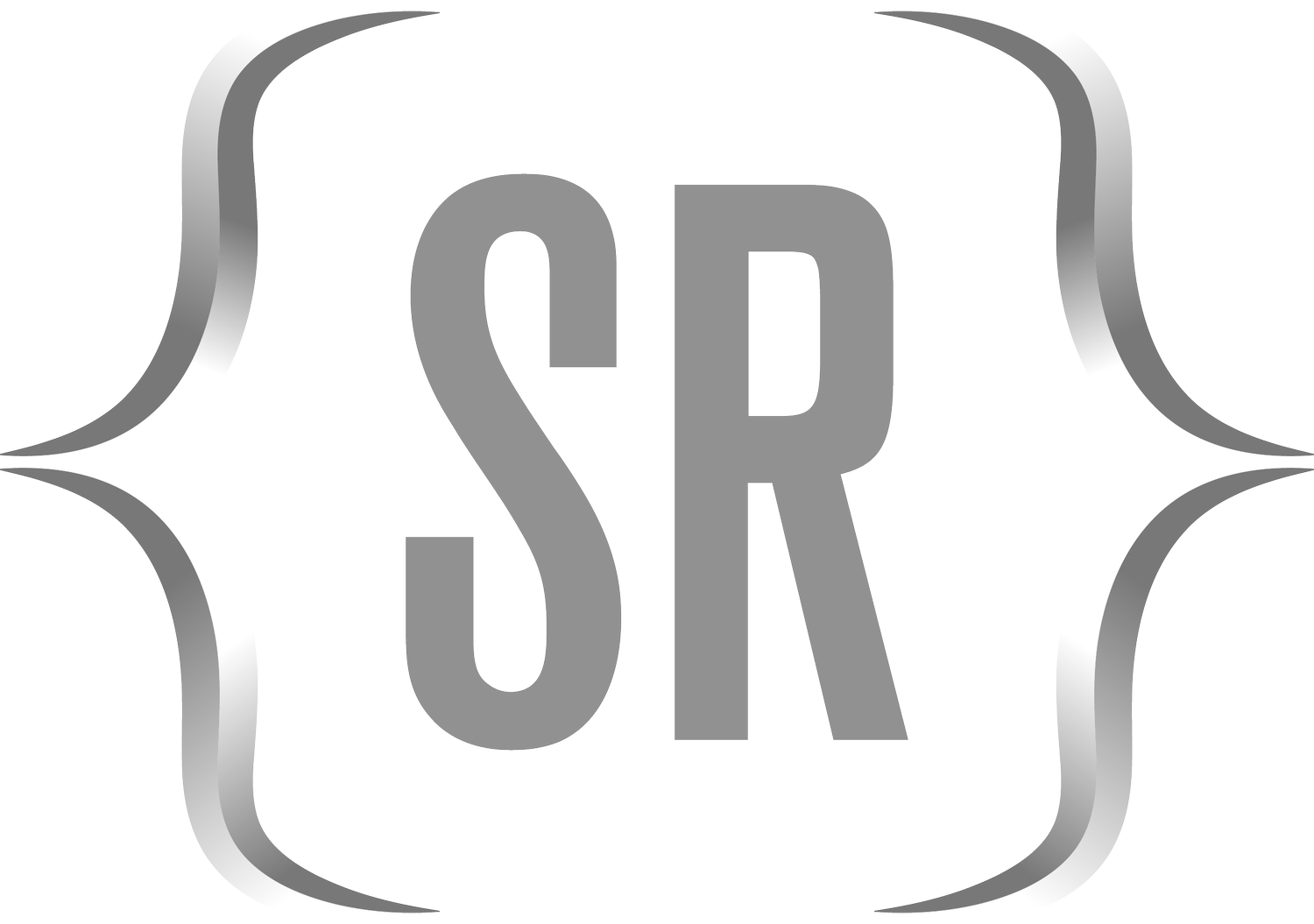The “ggplot” Function in R
Package: ggplot2
Purpose: To create complex and customized data visualizations using the Grammar of Graphics framework.
General Class: Data Visualization
Required Argument(s): None, but typically requires specification of data and aesthetic mappings.
Notable Optional Arguments:
data: The data frame containing the variables.
aes (aesthetic mappings): Define how variables in the data are mapped to visual properties.
geom: The type of geometric objects (points, lines, bars, etc.) to be plotted.
facet: Facet the plot by one or more variables.
theme: Customize the appearance of the plot.
Example:
# Example usage
library(ggplot2)
# Create a data frame
my_data <- data.frame(
Category = c("A", "B", "C", "D"),
Value = c(10, 20, 15, 25)
)
# Use ggplot to create a bar plot
ggplot(data = my_data, aes(x = Category, y = Value)) +
geom_bar(stat = "identity", fill = "skyblue") +
labs(title = "Bar Plot of Values by Category", x = "Category", y = "Value") +
theme_minimal()In this example, the ggplot function from the ggplot2 package is used to create a bar plot of values by category. The resulting plot includes bars for each category, and various options like geom_bar, labs, and theme_minimal are used to customize the appearance of the plot and add titles and labels.
